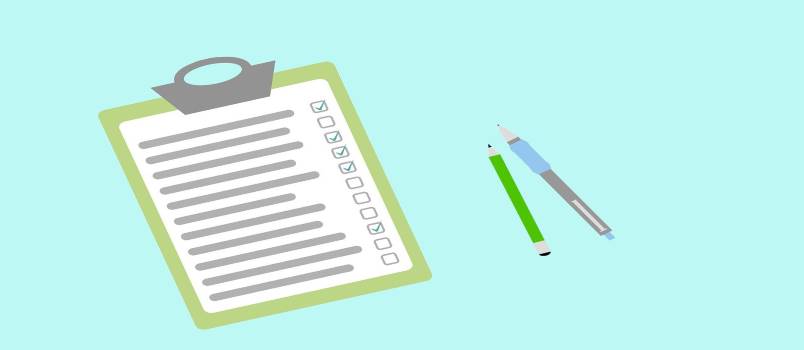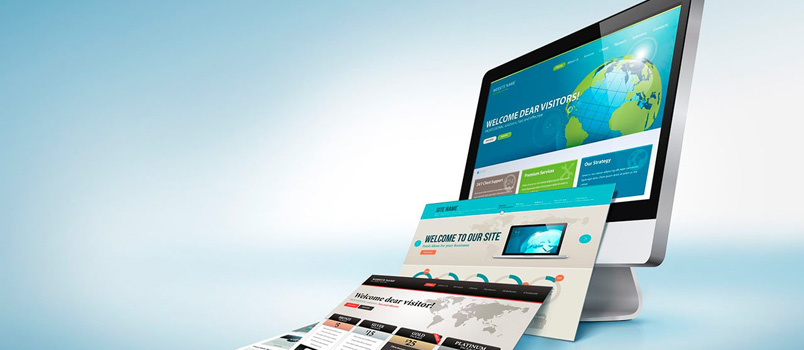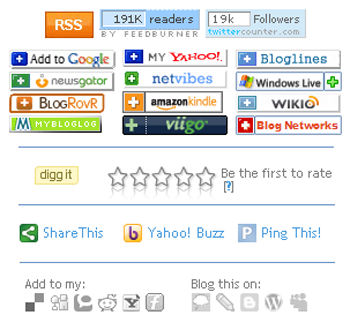With a well-orchestrated approach to usability testing, you will be able to ensure that all of your design efforts have resulted in a practical and appealing end-product. Of course if you are new to this concept, then you may need to understand a little more about what this type of testing brings to the table and why it is so important.
Here is a look at why usability testing is indispensable and how it can be handled to deliver the most desirable and instructive results.
Pinpointing problems & capitalizing on opportunities
There are two main reasons to deploy usability testing when creating a product or service. Firstly the aim is to identify issues that have remained undetected up until this point. Secondly, the input from outsiders can help to reveal overlooked opportunities for innovation.
Another aspect of leveraging usability testing that makes it advantageous is that you can learn more about what your target audience wants from your product and how they will behave while engaging with it.
Recruiting the right participants
One of the challenges of effective usability testing is that you need to get the right participants involved, because not just any person dragged in off the street will be a good fit for your products.
In terms of how to make recruiting usability test participants faster, careful management of the interviewing process is key. It is also important to filter applicants by making sure that the right kind of candidate is attracted in the first place. Perfecting this, perhaps with the assistance of an outside participant recruitment specialist, will enhance the whole exercise.
Establishing metrics to measure
With your aims in hand and your participants ready to go, you will also need to be able to work out what factors need to be tracked to determine the issues and opportunities that are at play.
For example, if the product you are testing is a piece of software, you can monitor aspects like the number of clicks it takes users to achieve a particular goal. You will also need to combine the purely data-driven, mechanical assessment with the more nebulous emotional responses of the test participants. Measuring satisfaction levels and their perception of the software will identify the value of the most fundamental facets which cannot be assessed in any other way.
Shifting perspective
Perhaps the most important element of usability testing which novice designers need to understand is that it should be a process which forces you to think about what users want out of a product, rather than simply trying to give them what you think they should have at the top of their agenda.
In short it is a means of stepping away from a project, thinking outside of the box and bringing a fresh angle to bear on something that you have been working on closely from a single perspective. The end result should be that your project can move forwards based on the insights you gain from test participants, increasing the likelihood of its success in the long term.





